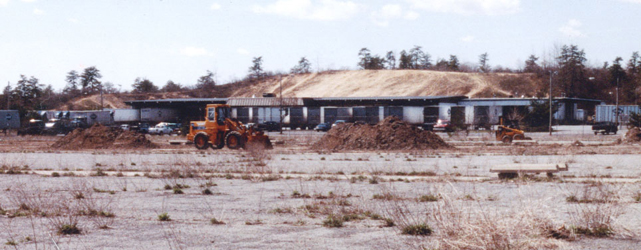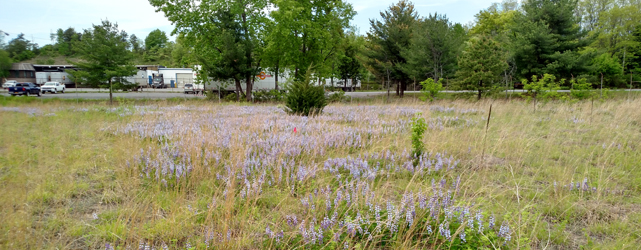

Ecosystem Management
We assist the establishment of pine barrens plants, use techniques that mimic historical natural disturbances and monitor the condition of this inland pine barrens ecosystem.
If you build it, they will come.
The threatened and endangered animal species inhabiting the preserve tend to be creatures that cannot survive in the forests, agricultural fields or built environments (homes, buildings, streets, etc.) that cover much of New York State. We help these rare species by protecting and reestablishing inland pine barrens. Our work converting overgrown or developed landscapes back to barrens has led to the expansion of rare wildlife species, such as the prairie warbler and the inland barrens buckmoth.
.jpg)
Male Karner blue butterfly
For the endangered Karner blue butterfly, we took the additional step of raising and releasing adult butterflies to boost populations and spread them to new areas in the preserve. This captive rearing program ended in 2015. Our pine barrens restoration and management work is currently the only intervention we make to support these butterflies and other pine barrens-associated wildlife.
"Nothing exists alone in nature"
-Rachael Carson

Restoration
The process of restoring an ecosystem is gradual and requires frequent monitoring. We start with the plant species, which are the primary food producers and strongly influence the physical structure of the landscape. When we create or enhance pine barrens plant communities, the pine barrens animals often do well. The distribution and abundance of wildlife is our best indicator of ecosystem health.
_preview_395x305.jpeg)
Community scientists help survey dragonfly populations in the preserve.
Restoring the APB





